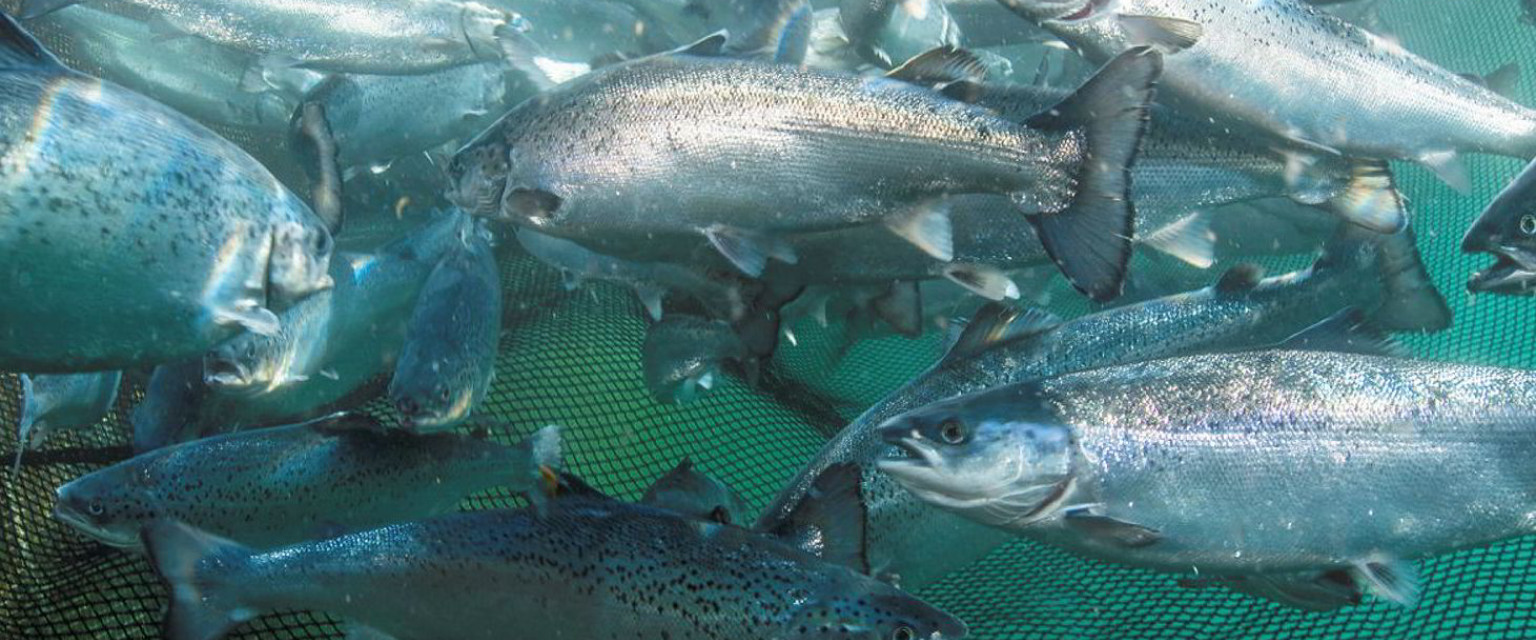Preliminary research findings indicate that production in "0-lice concepts," such as submerged cages, semi-closed, and closed containment systems, is the most efficient way to transition from red to green in the traffic light system.

The Veterinary Institute, the Institute of Marine Research, and the University of Stavanger have received a project from the Vestland County Council, where they start from the current situation and examine what it takes to move production areas 3 and 4 from red to green. Ketil Skår works as a mission coordinator for fish health at the Veterinary Institute and is central to the project.
"This is a project we have been working on for about a year now, and we will conclude with a report in December that will provide a scientific basis to see if it is possible to transition from red to green in the traffic light system and whether it will be profitable. Above all, we aim to provide a foundation for decision-making to determine if this is a viable path," says Skår to Kyst.no.
Skår further emphasizes that the red light not only signifies challenges with lice and thus a reduced production volume, but also higher fish mortality than in other areas, both of which are negatively impacting the economy.
"Getting out of this situation is therefore important for the breeders themselves. We have conducted simulations, surveys, interviews, and meetings, and our goal is to deliver the final report in December. The report will hopefully be a good enough foundation for breeders and authorities to come together and discuss whether they want to collaborate to solve this situation and formulate a plan for how to do it," says Skår to Kyst.no.
As the work is in its final stages, and internal discussions in the project have not concluded, Skår will not provide a final conclusion. However, he points out that the simulations show that the most effective approach is to convert to production in so-called "0-lice concepts," meaning submerged cages, semi-closed, and closed containment systems.
"Solutions that create greater distance in time and space between lice and salmon will be important, but the key also lies in more targeted collaboration over time between industry, authorities, and research," says Skår to Kyst.no.
Read more: The Marine Donut – sustainable and profitable fish farming
Skår further stated that authorities must step in with incentives for 0-lice concepts.
"The conclusion is that it is possible to go from red to green. With the right level of incentive programs, hopefully, we will get enough farmers to convert and take the risk."